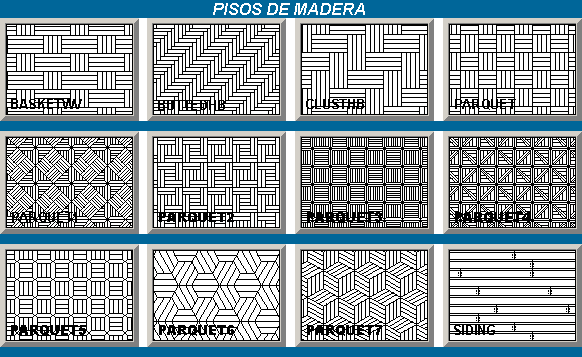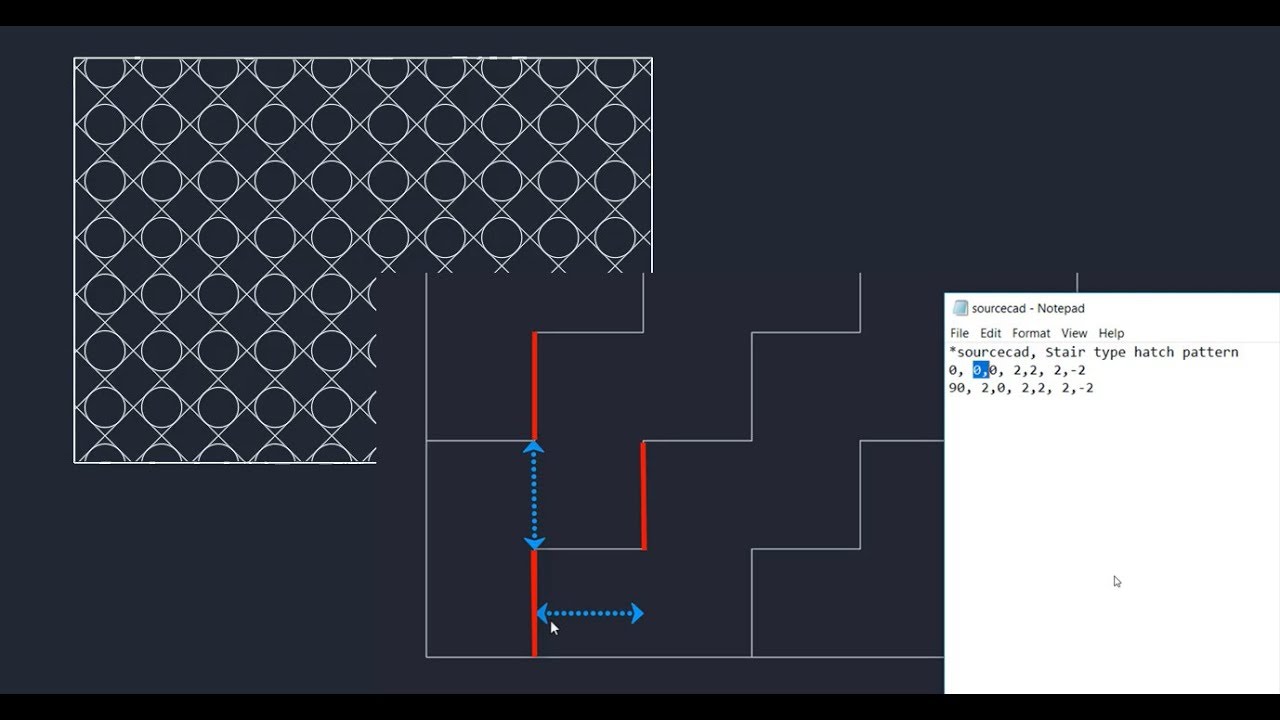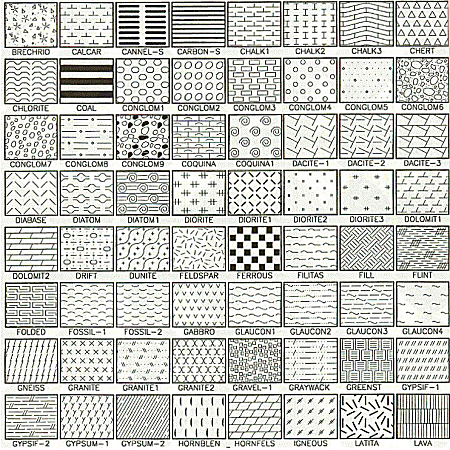
O’Reilly members experience books, live events, courses curated by job role, and more from O’Reilly and nearly 200 top publishers. Get AutoCAD 2016 and AutoCAD LT 2016 Essentials: Autodesk Official Press now with the O’Reilly learning platform. In this chapter, you’ll learn to do the following:Įvery hatch area is defined by a boundary containing the solid fill, pattern, or gradient. This was done by clicking the hatch and changing the line type in properties.



This chapter covers the basics of hatching so that you can use it in your own drawings. In autocad 2014 and previouse versions it was possible to change the line type of the lines inside of a hatch i.e take ANSI33 and change the lines from continues and darshed to dots. Hatching with solid fill, patterns, and/or tonal gradients can transform staid line drawings into attractive illustrations. You create hatching in the AutoCAD ® program to indicate transitions between materials and to improve the readability of drawings in general. I went through checking them out a while back, and added comments at their individual pages about things like whether the loops touch or not, what kind of input you have to give it, some drawbacks to a few of them, etc., etc.The term hatching refers to filling bounded areas with solids, patterns, and/or gradients. If you Search further for "insulation" just on that Cadalyst CAD Tips website, there are several other routines for Polyline results. Be sure to look at the image in my first comment there - it's pretty juicy, and even works along curved paths. My favorite is my own InsulBattPoly.lsp, available here.

If, on the other hand, you actually want a squiggly Polyline end result, rather than a Hatch pattern or via AutoCAD's Batting linetype, there are a variety of routines that will do that. That pattern is defined at 100 drawing units "high" per row of squiggles, so use a scale of the thickness divided by 100. If you mean you want a single row of that pattern, such as to show insulation in a wall, you can do it with some care about the boundary, scale and origin, and of course the rotation angle when the wall direction isn't horizontal. Yes, you can do that with the Hatch pattern.


 0 kommentar(er)
0 kommentar(er)
